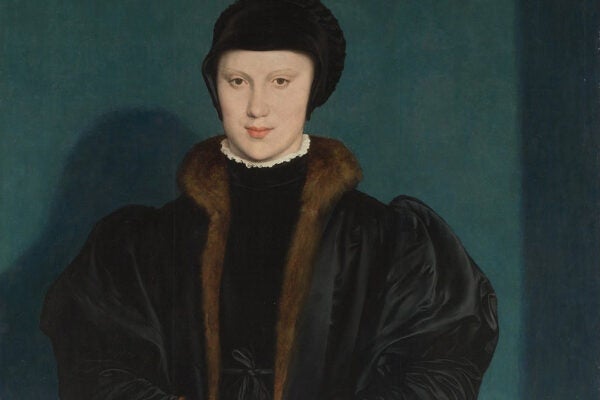How a Postwar German Literary Classic Helped Eclipse Painter Emil Nolde’s Relationship to Nazism
While Nolde was one of the many victims of the Third Reich’s repressive responses to “degenerate art,” he was also one of Nazism’s great admirers.
“Kapow!” It’s Time for Cross Reference
This month’s crossword puzzle features an onomatopoeic opener!
Gae Aulenti: An Independent, International Architect
One of the best-known female architects to come out of Italy, Aulenti found fame with her transformation of a dated Parisian train station into the Musée d’Orsay.
The Wild West of Papal Conclaves
In the sixteenth and seventeenth century, the death of a pope led to all sorts of chaos, from the destruction of art to armed violence in the streets.
How Renaissance Art Found Its Way to American Museums
We take for granted the Titians and Botticellis that hang in galleries across the United States, little aware of the appetites and inclinations of those who acquired them.
The Magical Furniture of David Roentgen
Cabinetmaker to Marie Antoinette, Roentgen designed “surprise furniture,” bureaus and desks that appeared to magically transform at the push of a button.
The Art of Impressionism: A Reading List
The first exhibition of paintings that would come to be described as Impressionism opened in Paris on April 15, 1874.
Picturing Christina of Denmark
Christina of Milan, Duchess of Milan, used an unusual tool to avoid becoming one of Henry VIII's unfortunate wives—the royal portrait.
Making Egypt’s Museums
The world’s largest archaeological museum is poised to open on the Giza Plateau, building on two centuries of museum planning and development.
Unmaking a Priest: The Rite of Degradation
The defrocking ceremony was meant to humiliate a disgraced member of the clergy while discouraging laypeople from viewing him as a martyr.









